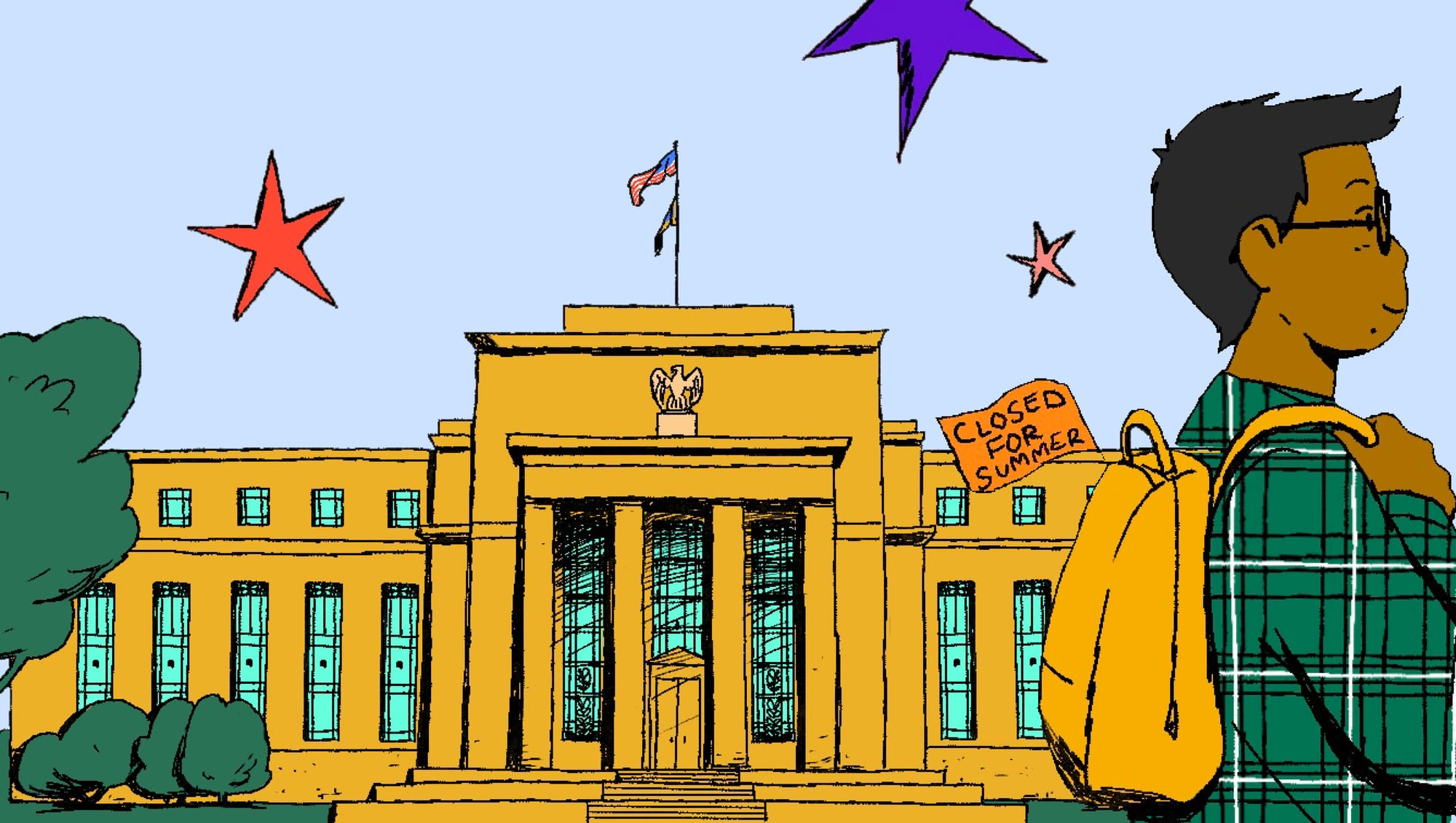How to Find the Best Financial Literacy Programs for School Districts: What to Look For and Why It Matters
To start, the best financial literacy programs aren’t just trendy—they’re thoughtful, standards-aligned, and built for scale.

Today's youth are growing up in a world full of financial choices and endless financial advice—some good, some not so much. From social media investment tips to buy-now-pay-later schemes, students face complex money decisions earlier than ever before. Whether it’s their parents’ credit cards that suffer or their own future financial health, many of these pitfalls are avoided with a solid foundation in financial literacy. That’s why districts need resources that cut through the static, deliver real-life lessons, and help students navigate the modern financial landscape with confidence.
District-Wide Financial Literacy Matters… But Why?
Six words: The stakes are higher than ever. In a fast-paced world of instant credit opportunities, side hustles, and online spending, financial missteps are just one click away. Districts have both the responsibility—and the opportunity—to prepare students for the real world with practical financial education.
The rise in personal finance mandates across the country is promising. More and more states are requiring high school students to complete financial literacy courses before graduation. But this momentum raises a new question for many districts: how do you equip educators with tools to teach these important concepts without overwhelming prep work or starting from scratch?
That’s where high-quality financial literacy platforms come into play. And with so many to choose from, knowing what to look for is half the battle.
What to Look For In a District-Wide Financial Literacy Resource
To start, the best financial literacy programs aren’t just trendy—they’re thoughtful, standards-aligned, and built for scale. They support both educators and students, are simple to implement, comply with privacy policies, and, most importantly, prepare students for lifelong financial wellbeing.
Whether you're a PTA member, parent, counselor, educator, or district administrator, here are the key features to consider:
1. Multimodal Learning for All Age Groups
Every student learns differently, so flexibility in instruction is key. Look for a program that integrates:
- Visual learning: slide shows or presentations
- Auditory learning: recorded lessons, discussion prompts
- Reading/Writing learning: articles, guided notes, journaling activities
- Kinesthetic learning: interactive simulations, roleplays, and real-life money exercises
A robust curriculum that blends all learning modalities keeps students engaged and accommodates diverse learning styles across all age groups.
2. Standards Aligned
The best programs align directly with state and national standards, while also integrating smoothly into how teachers already deliver instruction. A pedagogically sound curriculum includes:
- Clear learning objectives
- Logical pacing and checkpoints to track comprehension
- Tools and content mapping to your district’s financial literacy benchmarks
- Built-in assessments for gauging progress
This alignment ensures that the financial literacy lessons support—not complicate—your district’s broader educational goals.
3. Real-World Application
A strong program goes beyond theory. Students need to understand how financial choices impact their lives, and that’s best taught through practical and simulated experiences.
Look for programs that:
- Offer hands-on simulations in budgeting, banking, taxes, and credit
- Allow students to make choices in a risk-free environment and see outcomes
- Include interactive components that promote critical thinking and build long-term financial confidence
When students can apply what they’re learning, it sticks.
4. Privacy. Privacy. Privacy—and Ease of Use
It might sound repetitive, but privacy really is non-negotiable. For any educational platform to be a safe, long-term solution for students and teachers, it must take data privacy seriously. As you evaluate programs, keep an eye out for the following:
- Compliance with COPPA, FERPA, SOPPA, and SOPIPA regulations
- Transparent and clear privacy policies
- Seamless integration with classroom tech (e.g., Google, Clever, ClassLink)
- User-friendly dashboards for both teachers and students
- Minimal training and tech support is needed to implement said program
6. Measurable Results
What gets measured gets improved. A strong platform includes built-in tools to assess student growth and demonstrate impact. Look for:
- Pre- and post-tests to track knowledge gain
- Real-time dashboards to monitor classroom progress
- Case studies or testimonials from districts with proven success
Banzai As a Proven Partner
If you're looking for a platform that checks every box, Banzai is built for district-scale impact:
- 100% free to schools, thanks to local bank or credit union sponsorships
- Mapped to all state and national standards
- Interactive courses for elementary, middle, and high school
- Printable and digital resources to support multiple learning styles
- Built-in assessments and reporting tools
- Teacher Professional Development, onboarding help, and real classroom support
- Compliant with state privacy laws
Let’s Bring Financial Literacy to Every School In Your District—Together!
It’s entirely possible to deliver meaningful, lasting financial education without burning out your teachers or draining your budget. Schedule a demo with Banzai to see just how simple and impactful a district-wide financial literacy program can be.